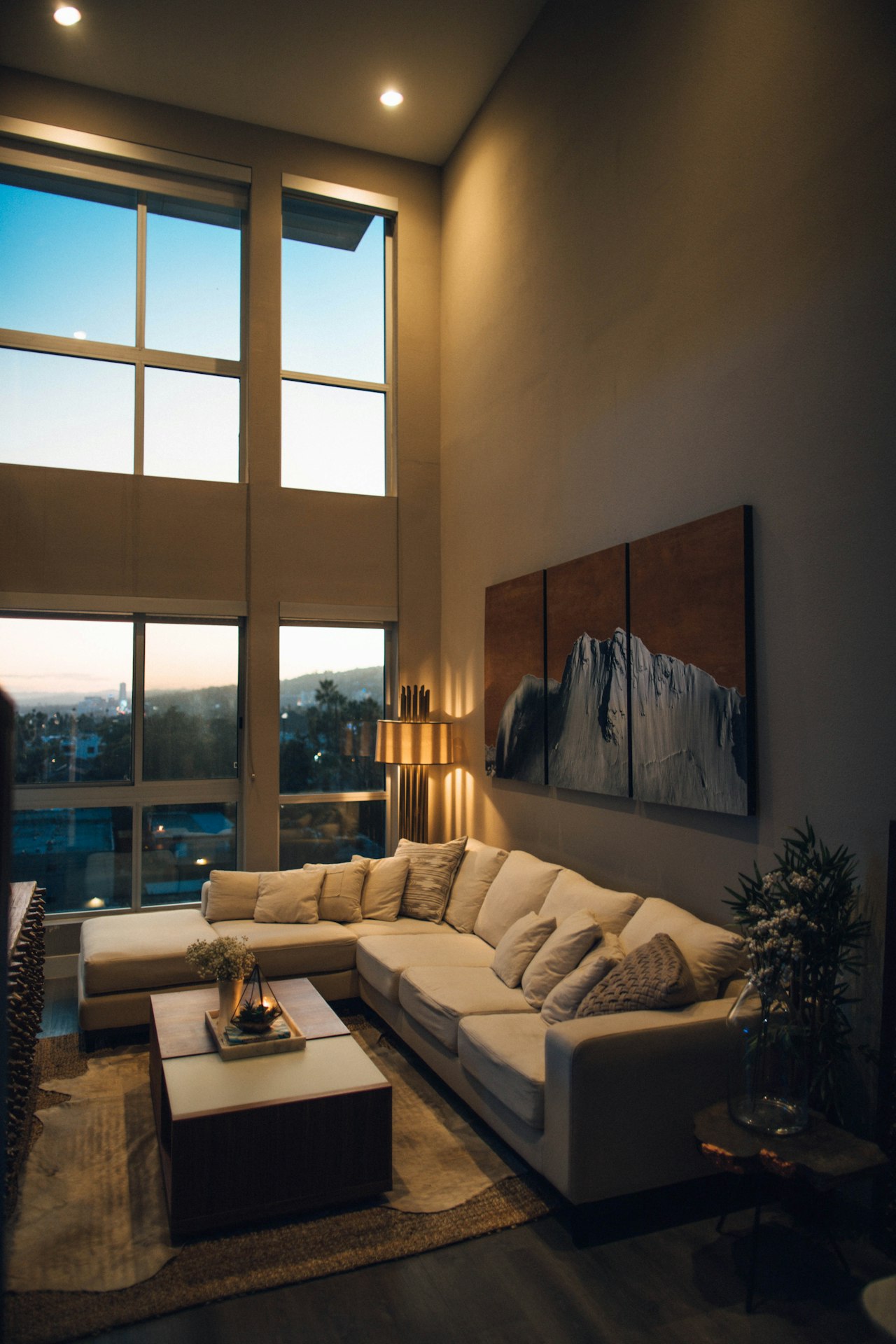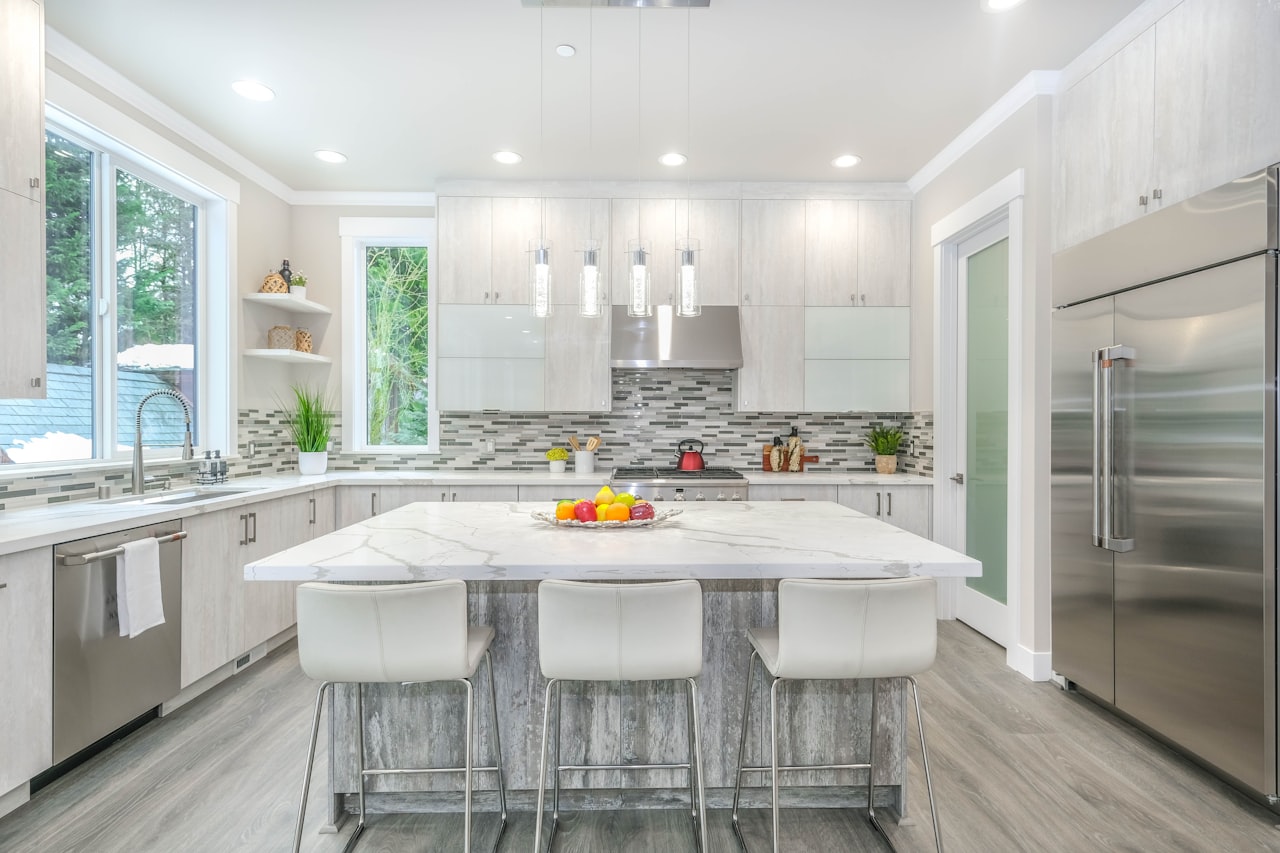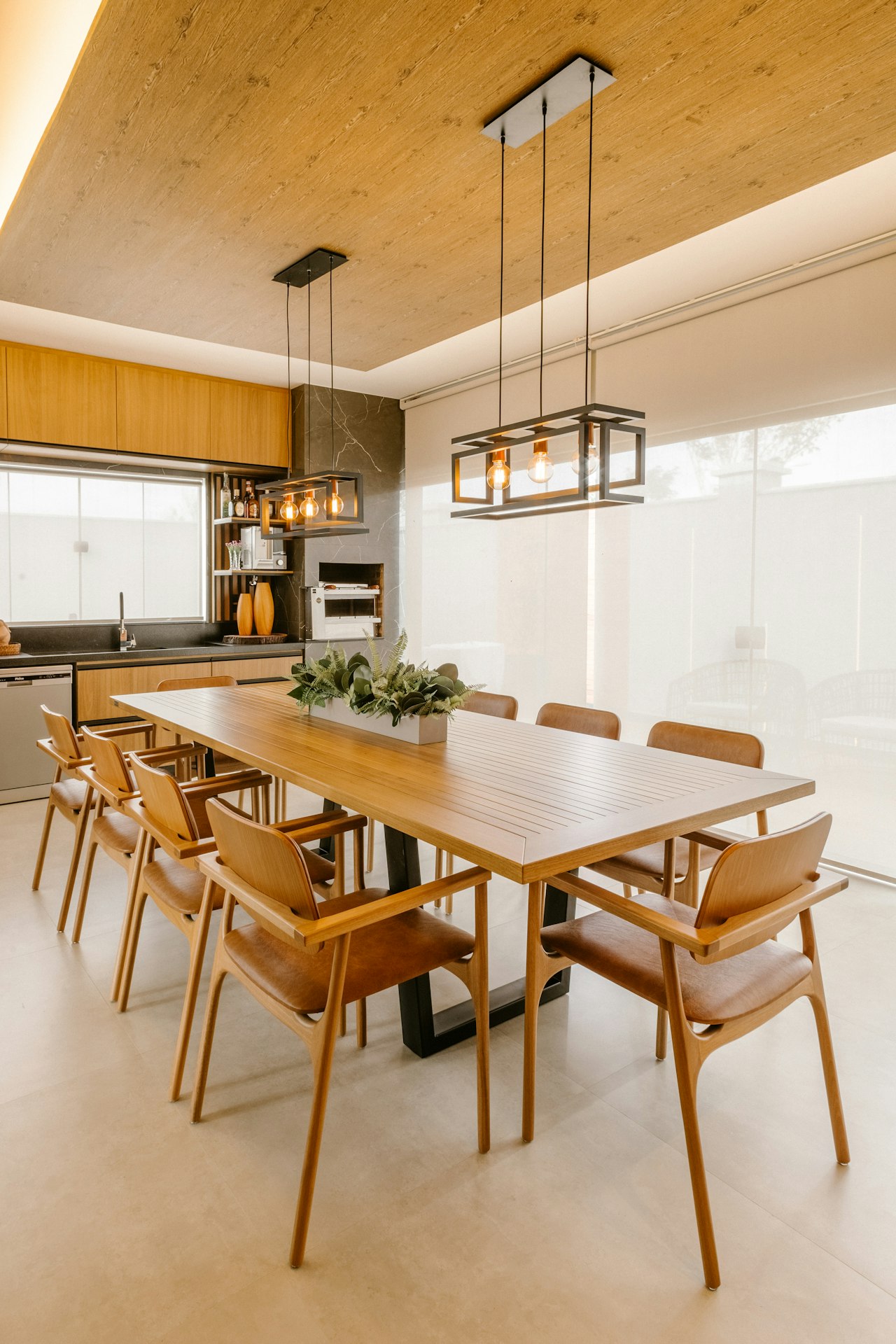When COVID-19 emerged, a lot of employers realized the advantage of allowing at least some employees to work from home. Not only can it act as a benefit for employees, but it can also help to reduce the cost of stocking and maintaining a physical office space. As a result, the number of people working in home offices has increased significantly over the last few years. This trend will likely continue as well, since companies are realizing that many employees like a work-from-home option and are actively seeking out WFH positions.
While there are definite advantages to this, it does bring up one potential problem: If your home wasn’t designed with a home office in mind, where are you going to put it? While some people solve this problem by just sticking a desk in the living room or bedroom, that isn’t exactly an elegant solution, and doesn’t afford you much privacy for work. If you need a new home office space, here are some suggestions that might help you find the room that works for you.
Determining Your Home Office Needs
In general, a home office may be kind of small in scope compared to what you might be used to in a corporate office setting. While you’ll certainly have some requirements that your office must meet, they aren’t going to be as elaborate as if you were planning out an office layout at the workplace. To figure out exactly what you need for your home office, start by making a list.
Most likely you’ll need a computer and a desk, since the internet is usually what makes the “from home” part of work-from-home possible. You may also need a printer and printing supplies, even though a lot of your work will likely be submitted in digital format. From there it gets a bit more specific to you and the way that you work. Will you need sticky notes or a whiteboard to aid your productivity? Does your job require any sort of special equipment to perform? Do you have privacy requirements, either personal ones or legal ones (such as if you’re processing customer/patient data)? Make a list of everything that you’ll need your home office to provide.
Consider Your Available Space
Once you have a good idea of your home office needs, start looking at places in the home that might meet those requirements. It may mean converting a craft room, study, or den into an office, or rearranging furniture to make room for the desk to make those rooms into multi-purpose spaces. You may have to shuffle around a few different rooms to come up with the space that you want. Some people have even converted walk-in closets or pantries into home offices that are small but get the job done. Regardless of how you work things out, just make sure that the office area you choose fully meets your needs before you settle into it. You should also keep track of the square footage of your new home office for tax purposes, since you may be eligible for a tax break on your home office depending on where you live.
Home Office Alternatives
While the most common way that people create a home office is to shuffle things around and set up an office space within the home, there are other options available as well. If no space in your home meets your specific needs, you might consider hiring a contractor to build an addition that matches the specs of the home office that you want. Another option is to install a large shed or other outdoor building and convert it for home office use. Not only do these options give you the space that you need, but they may also help to better define the line between “work” and “personal time” at home.
Source: HomeKeepr




